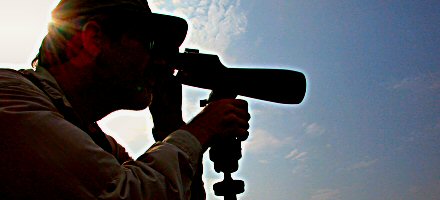
Guide to Ethical Nature Preserve Behavior
Ethical nature preserve behavior is essential to ensure the well-being of birds and animals and their habitats. Here are some guidelines for nature preserve visitors:
Photographers:
1. Respect the Birds’ Space:
Keep a safe distance from the birds to avoid causing stress or disturbance. Use long lenses to capture close-up shots without intruding on their natural behavior.
2. Do Not Disturb Nesting Sites:
Avoid getting too close to nests or nesting birds, as disturbance can lead to nest abandonment or predation.
3. Be Mindful of Breeding Seasons:
Refrain from photographing or approaching nesting birds during breeding seasons to minimize stress and disturbance.
4. Follow Local Regulations:
Adhere to any posted signs or guidelines regarding wildlife and photography in the area. Respect any restricted zones meant to protect nesting or sensitive habitats.
5. Limit Use of Attractants:
Avoid using playback or recordings of bird calls excessively, as it may disrupt natural behaviors. Refrain from using bait or other attractants that could alter the bird's behavior.
6. Report Unethical Behavior:
If you witness unethical behavior by other photographers, report it to appropriate authorities or organizations.
Birdwatchers:
1. Use Binoculars and Spotting Scopes:
Minimize the need for close approaches by using optics to observe birds from a distance.
2. Respect Private Property:
Obtain permission before entering private property for birdwatching. Respect landowner rights and boundaries.
3. Follow Birdwatching Codes of Conduct:
Adhere to established birdwatching codes of conduct provided by local birding organizations or environmental agencies.
4. Educate Yourself:
Learn about the birds you are observing to better understand their behavior and habitat needs.
5. Participate in Conservation Efforts:
Support and participate in local and global bird conservation initiatives.
All Visitors:
1. Stay on Designated Trails:
Stick to established paths and trails to minimize habitat disturbance. Avoid trampling on vegetation or disturbing nests.
2. Keep Noise Levels Low:
Refrain from loud conversations, music, or other noise that could disturb birds or other people.
3. Practice Leave No Trace:
Carry out all trash and litter to leave the environment as you found it.
4. Walk:
No running, jogging, or biking. Strive to minimize the disturbance you make.
5. Leave your dogs at home:
Dogs are an introduced predator species that will alarm and stress the wildlife just by their presence, which is perceived as a threat.
By following these ethical guidelines, bird photographers, birdwatchers, and all visitors can contribute to the well-being of bird and animal populations and their habitats, ensuring a positive and sustainable experience for everyone.
Refer to Audubon's Guide to Ethical Bird Photography and Videography
